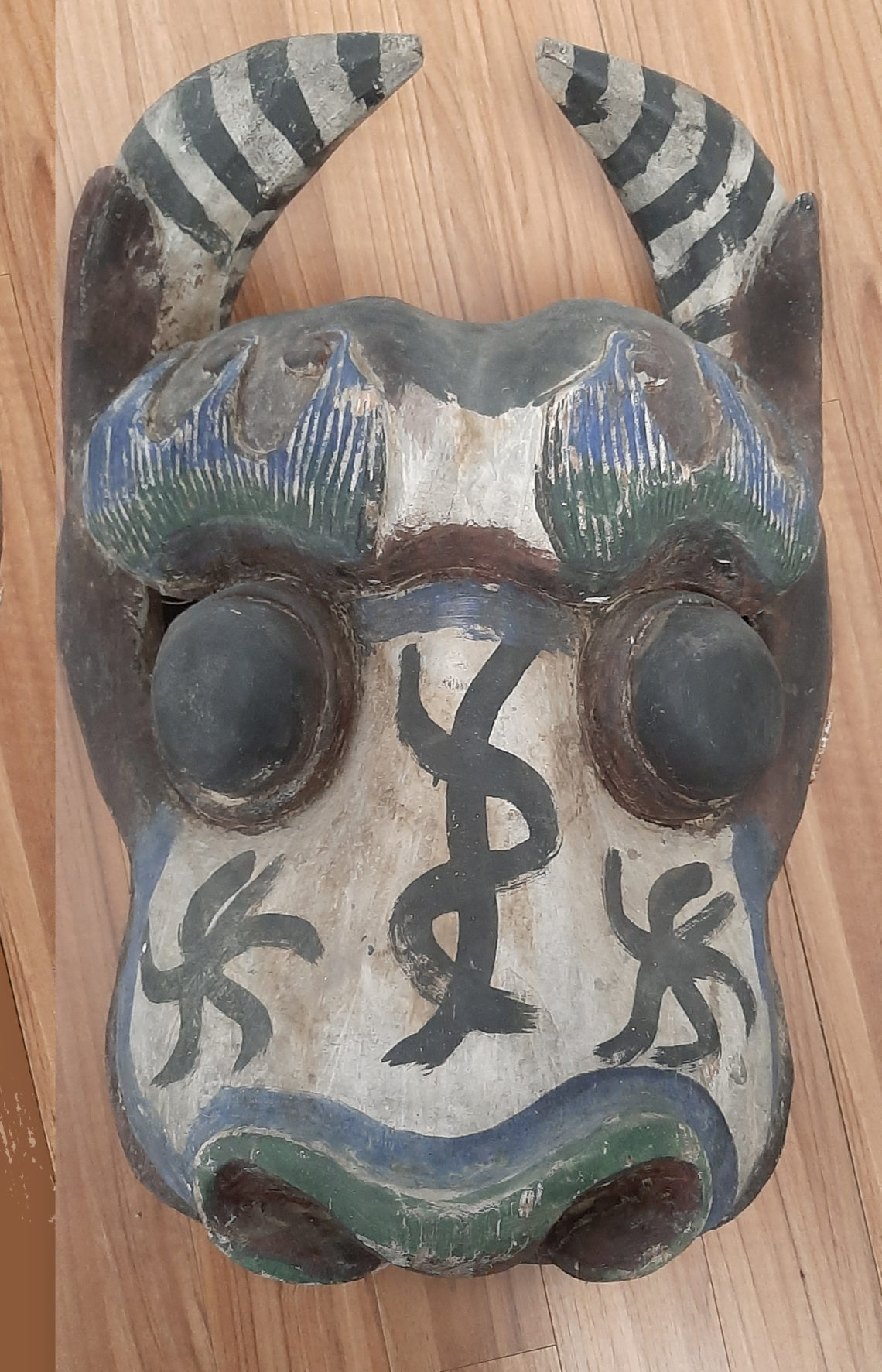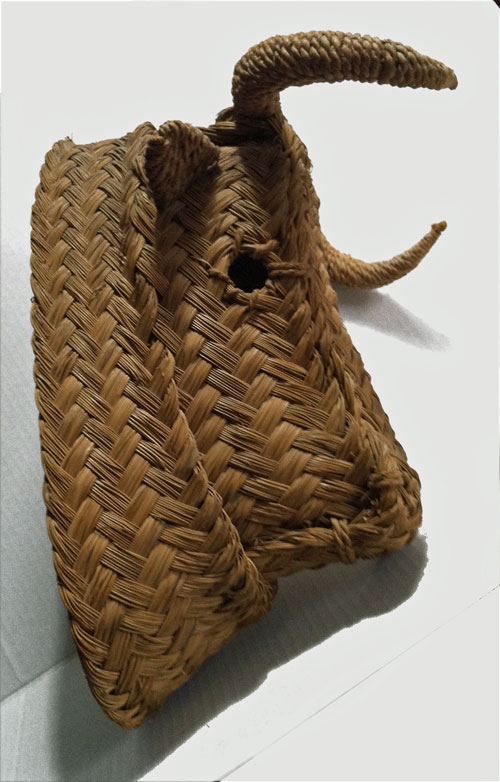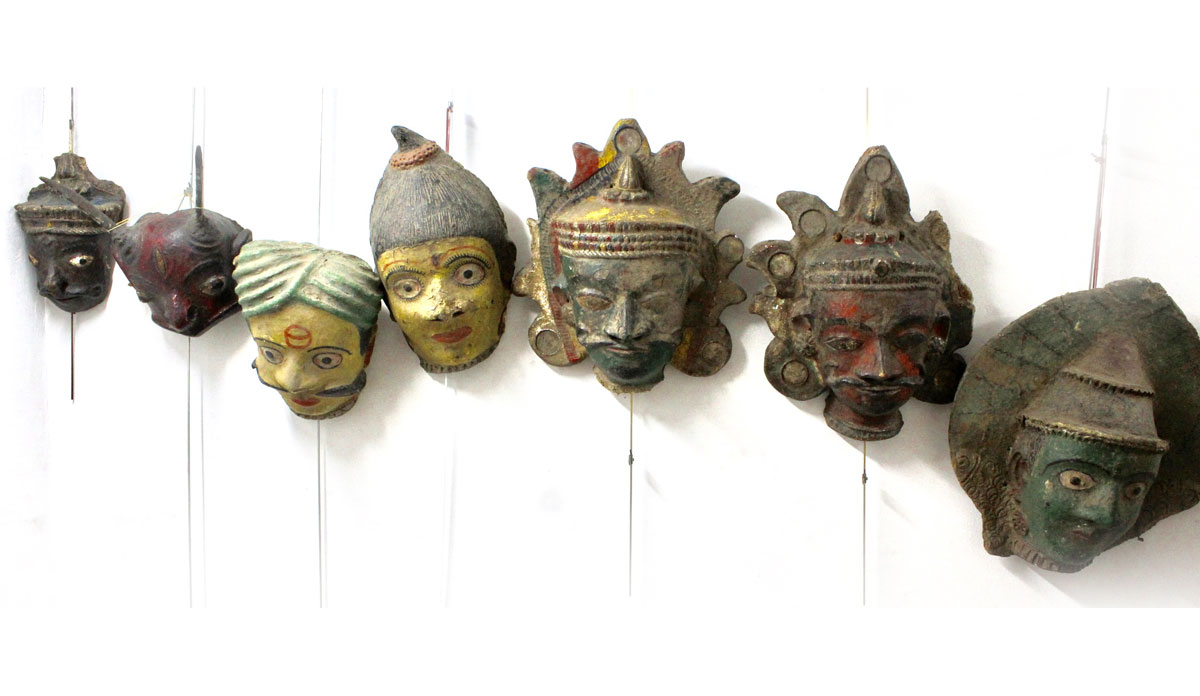 Q: I just wish to know the origin of this mask. Thank you. Jean, 1766
Q: I just wish to know the origin of this mask. Thank you. Jean, 1766
A: Glad you sent this in. I’ve been seeing similar masks for a few years now. But I can’t find out where they are coming from. Whether it is an authentic artifact, or something made for commerce must be determined by others. African or Asian? Perhaps one of our viewers will have a comment.
Please help us. Jean is an exert on Guatemalan masks, and I’m supposed to be the world famous Mask Man!







3 Comments
Aaron Fellmeth
Unknown type. Himalayan in style, possibly made in China or Nepal.
jean
Hi Bob,
First, just to avoid any confusion, I am not the one who send you this mask… Homonymy!
Concerning the mask itself, I have never seen a similar one… but there is some clue it could (I insist on the conditional) be from meso-America.
Pro:
1/ It is obviously a torito, a character typical of the dances of Mexico or Guatemala.
2/ The eyebrows: these are very similar, not to say identical, to those seen on some patron-Patzcar masks from Nahuala, divided in several parts each ended by a curl. Very typical!
I can send you pics, if you wish.
3/ The design of the mouth, on side view, is identical to many Toritos or Tigre masks from Guatemala.
Con (not typical of a Guatemalan mask) :
1/ the decoration and the bulky eyes are unusual.
2/ the fusion of the horns and the ears is a never seen to me on Guatemalan masks.
3/ last but not least: I do not see any holes to affix the mask on the dancer head. Instead there is a transversal shaft, preventing the mask to be worn on a dancer’s face. And anyway the eye holes are too separated and laterally oriented to look through.
So, I don’t know, but I am really puzzled by the eyebrows!!
Dan Kleingers
I have to agree with Aaron. The treatment of the eyes, along with the overall character of the mask and inclusion of a bite , or hand bar, are all very Asian elements